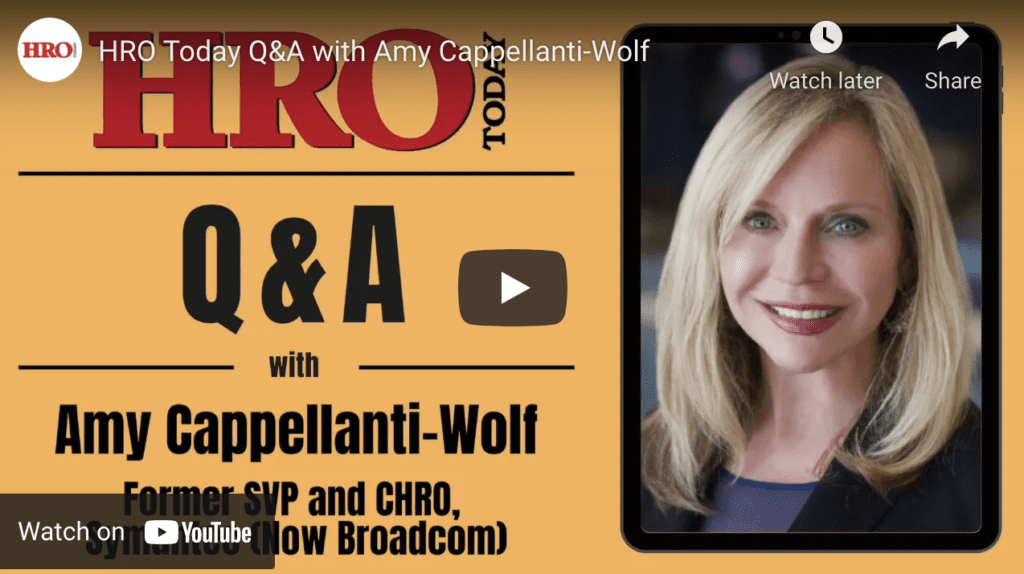
By Jayson Saba
A tedious job application process -for instance, one that allows candidates to upload a resume file but also requires them to enter the same information manually -is not doing organizations any good. Or a human capital management (HCM) platform that is not integrated with all silos: HR, onboarding, payroll, benefits, time and labor, and talent management. Data can get lost or efforts may be duplicated. Organizations lose time, money, and potentially great candidates. Such challenges may explain a growing trend according to Aberdeen Group: Fifty percent of organizations are interested in replacing their recruitment technologies. Plus, that same study found that 48 percent of organizations want to improve the candidate experience -and clean up that hiring process.
What should organizations consider? Tighter integration between systems or a single HCM application. Companies have no visibility into a complete talent pool when data is living only in a standalone recruiting system. With one data set, organizations can make better decisions about their workforce. With a single record, the data of current employees, active applicants, former applicants, contractors, and even former employees all live in one place. Organizations can leverage greater visibility into talent profiles, employee performance on the job, achieved goals and objectives, and career paths. This data represents an employee’s entire lifecycle -which stretches from their candidacy to their next promotion and beyond.
Any candidate is an employee waiting to happen. Especially with passive candidates, it’s important to impress them from start to finish. They value consistent, branded communication. Highly sought passive candidates look for a positive experience since they aren’t actively seeking employment. Being able to apply directly via social media -perhaps with an up- to-date LinkedIn profile serving as the CV -makes a difference.
Organizations also need a system that helps them to engage candidates throughout the hiring process with configurable and personalized automated messaging, letting candidates know where the hiring process stands. All this underpins the employer’s brand and sets the stage for a successful onboarding experience and a strong employer-employee relationship. The likelihood that this employee will stay increases. Engaged employees happy in their jobs have the potential to become powerful advocates of the employer brand.
Tech Considerations
Take heed: Organizations should shop wisely for the technology powering their recruiting and the rest of HCM. Is the technology developed in-house by the vendor? That’s the preferable scenario. Many vendors offer an application for nearly every stage of the employee lifecycle, but research if it’s a single source of data or integration. Vendor suites may be driven by the M&A activity in recent years.
Due diligence can show if HCM is a core competency contained in one application, not a peripheral offering acquired through M&A. Tight integration makes the tactical aspect easier by streamlining workflows, and when the applicant tracking system is part of the application, the talent pool expands to include applicants, current employees, former employees, and contractors. Total visibility helps develop a talent pipeline and increases chances for great employees.
Leveraging Analytics
Bersin by Deliotte’s recent report High-Impact Talent Analytics found that only 14 percent of HR organizations were utilizing advanced or predictive analytics in late 2013. Other interesting findings: Fifty-seven percent said they planned to invest more in analytics and measurement in the coming year, and 31 percent had “invested in building or purchasing technology used to store and integrate data for reporting and analysis” over the previous year. Corroborating these findings, Aberdeen Group research indicates that 36 percent of companies expect analytics to be their greatest talent acquisition-related investment in 2014.
Here is where a single source of truth bears the power of data’s promised fruit. A single source of data provides a vehicle for new capabilities to emerge in analytics -what the data represents and how it can be interpreted. For instance, organizations can determine which job boards or social media platforms yield the most successful candidates. It’s the kind of insight available to them only when the candidate’s record merges with the employee’s.
Jayson Saba is vice president of strategy and industry relations for Ceridian.














